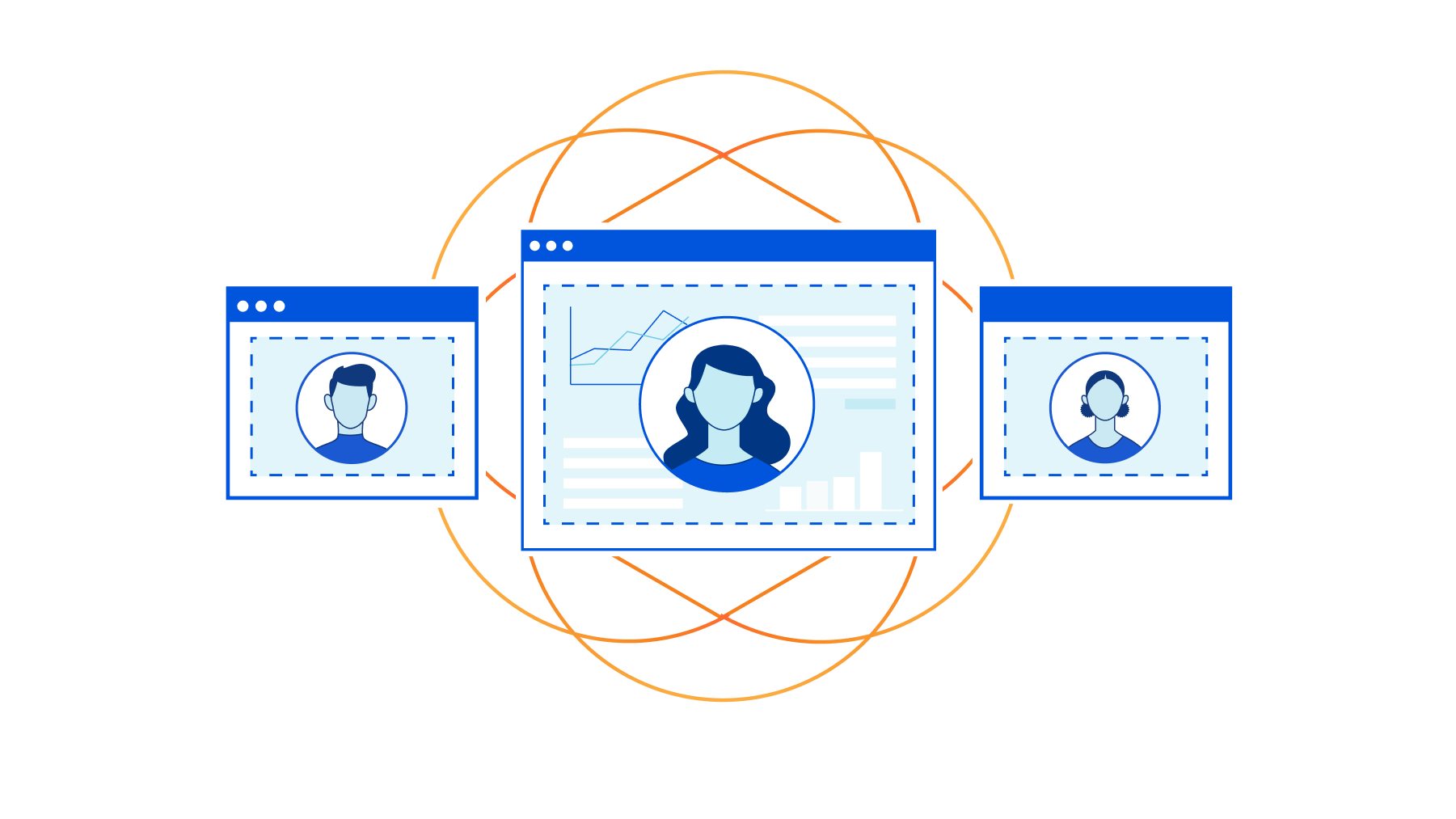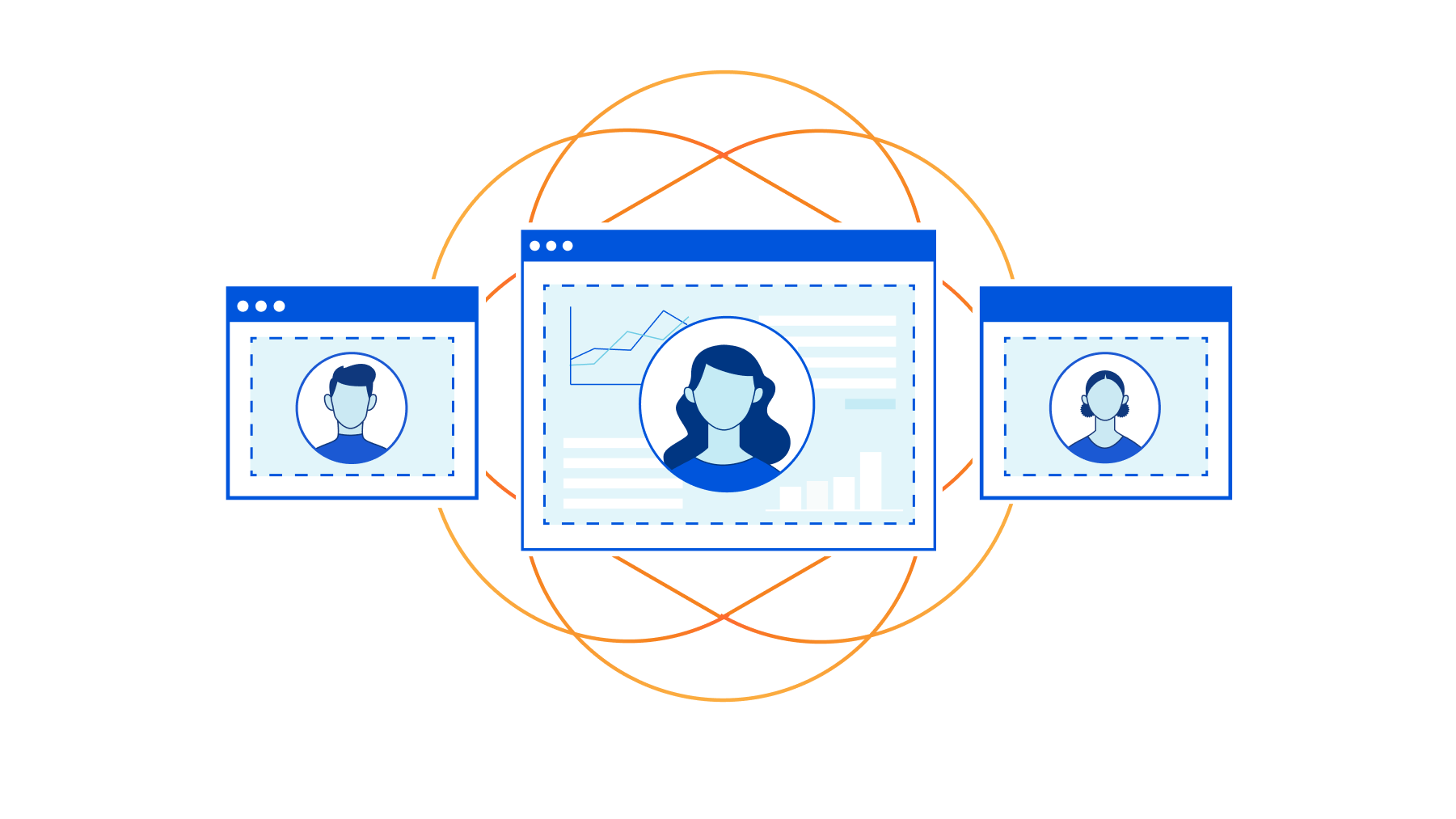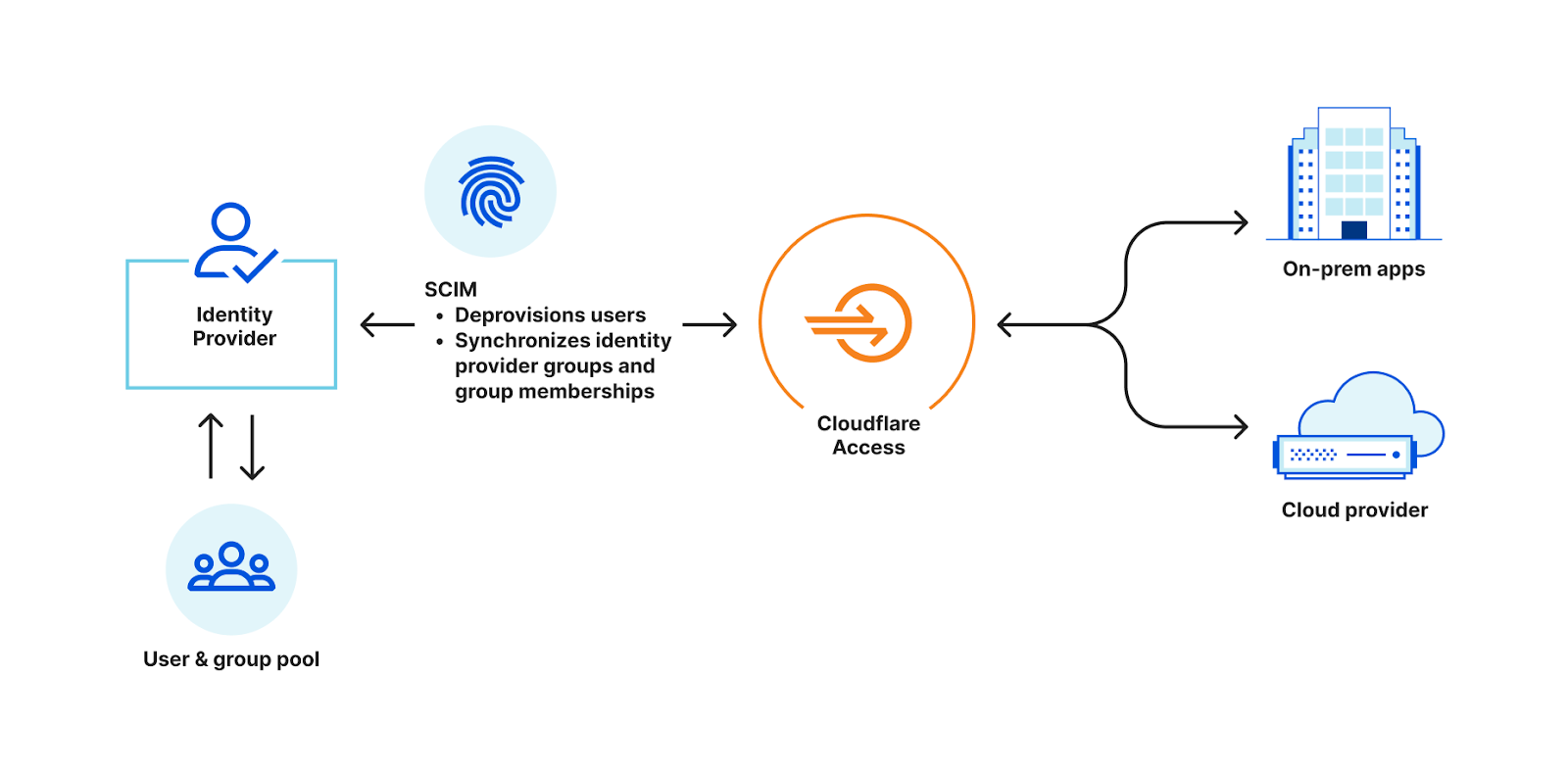Video: MLAG with EVPN Deep Dive
In November 2022 I described some of the intricacies of using EVPN to implement MLAG control plane. You might have noticed that I didn’t dive deep into EVPN details, and I had a good reason for that – Lukas Krattiger did a wonderful job describing how MLAG works with EVPN in the EVPN Deep Dive webinar.
Hedge 161: Going Dark with Geoff Huston
 Encrypt everything! Now! We don’t often do well with absolutes like this in the engineering world–we tend to focus on “get it down,” and not to think very much about the side effects or unintended consequences. What are the unintended consequences of encrypting all traffic all the time? Geoff Huston joins Tom Ammon and Russ White to discuss the problems with going dark.
Encrypt everything! Now! We don’t often do well with absolutes like this in the engineering world–we tend to focus on “get it down,” and not to think very much about the side effects or unintended consequences. What are the unintended consequences of encrypting all traffic all the time? Geoff Huston joins Tom Ammon and Russ White to discuss the problems with going dark.
Using Pynetbox to Create Netbox API Tokens
As a warning to everyone, I am not a developer. I am a network engineer who is trying to do some automation stuff. Some of what I’m doing sounds logical to me, but I would not trust my own opinions for production work. I’m sure you can find a Slack channel or Mastodon instance with people who can tell you how to do things properly.
The last time, I talked about using pynetbox to make queries to Netbox. This was a very simple example, and one of the things that bugged me the most about it was the API token. In that post, we used a statically-assigned API token where I went into the Netbox GUI and generated one for myself. I think I may have even noted that this was definitely not the best way to handle those things. A possibly-better way to do it is to use your username and password on Netbox to generate a token for yourself. This would a token that you then delete when you’re done.
How is this better? The static tokens are just that — they’re static. If you generate your token, then anyone who has it can use it to Continue reading
Using Pynetbox to Create Netbox API Tokens
As a warning to everyone, I am not a developer. I am a network engineer who is trying to do some automation stuff. Some of what I’m doing sounds logical to me, but I would not trust my own opinions for production work. I’m sure you can find a Slack channel or Mastodon instance with people who can tell you how to do things properly.
The last time, I talked about using pynetbox to make queries to Netbox. This was a very simple example, and one of the things that bugged me the most about it was the API token. In that post, we used a statically-assigned API token where I went into the Netbox GUI and generated one for myself. I think I may have even noted that this was definitely not the best way to handle those things. A possibly-better way to do it is to use your username and password on Netbox to generate a token for yourself. This would a token that you then delete when you’re done.
How is this better? The static tokens are just that — they’re static. If you generate your token, then anyone who has it can use it to Continue reading
IPv6 Buzz 117: Microsoft’s OS Evolution With IPv6
The IPv6 Buzz podcast talks with Richard Hicks about Microsoft's OS changes and use cases for IPv6. Richard is a technology consultant and author. We discuss which Microsoft solutions use IPv6, what its v6 strategy changed, and more.
The post IPv6 Buzz 117: Microsoft’s OS Evolution With IPv6 appeared first on Packet Pushers.
IPv6 Buzz 117: Microsoft’s OS Evolution With IPv6
The IPv6 Buzz podcast talks with Richard Hicks about Microsoft's OS changes and use cases for IPv6. Richard is a technology consultant and author. We discuss which Microsoft solutions use IPv6, what its v6 strategy changed, and more.Announcing SCIM support for Cloudflare Access & Gateway


Today, we're excited to announce that Cloudflare Access and Gateway now support the System for Cross-domain Identity Management (SCIM) protocol. Before we dive into what this means, let's take a step back and review what SCIM, Access, and Gateway are.
SCIM is a protocol that enables organizations to manage user identities and access to resources across multiple systems and domains. It is often used to automate the process of creating, updating, and deleting user accounts and permissions, and to keep these accounts and permissions in sync across different systems.

For example, most organizations have an identity provider, such as Okta or Azure Active Directory, that stores information about its employees, such as names, addresses, and job titles. The organization also likely uses cloud-based applications for collaboration. In order to access the cloud-based application, employees need to create an account and log in with a username and password. Instead of manually creating and managing these accounts, the organization can use SCIM to automate the process. Both the on-premise system and the cloud-based application are configured to support SCIM.
When a new employee is added to, or removed from, the identity provider, SCIM automatically creates an account for that employee in the Continue reading
Zone Versioning is now generally available


Today we are announcing the general availability of Zone Versioning for enterprise customers. Zone Versioning allows you to safely manage zone configuration by versioning changes and choosing how and when to deploy those changes to defined environments of traffic. Previously announced as HTTP Applications, we have redesigned the experience based on testing and feedback to provide a seamless experience for customers looking to safely rollout configuration changes.
Problems with making configuration changes
There are two problems we have heard from customers that Zone Versioning aims to solve:
- How do I test changes to my zone safely?
- If I do end up making a change that impacts my traffic negatively, how can I quickly revert that change?
Customers have worked out various ways of solving these problems. For problem #1, customers will create staging zones that live on a different hostname, often taking the form staging.example.com, that they make changes on first to ensure that those changes will work when deployed to their production zone. When making more than one change this can become troublesome as they now need to keep track of all the changes made to make the exact same set of changes on the Continue reading
API-based email scanning


The landscape of email security is constantly changing. One aspect that remains consistent is the reliance of email as the beginning for the majority of threat campaigns. Attackers often start with a phishing campaign to gather employee credentials which, if successful, are used to exfiltrate data, siphon money, or perform other malicious activities. This threat remains ever present even as companies transition to moving their email to the cloud using providers like Microsoft 365 or Google Workspace.
In our pursuit to help build a better Internet and tackle online threats, Cloudflare offers email security via our Area 1 product to protect all types of email inboxes - from cloud to on premise. The Area 1 product analyzes every email an organization receives and uses our threat models to assess if the message poses risk to the customer. For messages that are deemed malicious, the Area 1 platform will even prevent the email from landing in the recipient's inbox, ensuring that there is no chance for the attempted attack to be successful.
We try to provide customers with the flexibility to deploy our solution in whatever way they find easiest. Continuing in this pursuit to make our solution as turnkey as Continue reading
New: Scan Salesforce and Box for security issues


Today, we’re sharing the release of two new SaaS integrations for Cloudflare CASB - Salesforce and Box - in order to help CIOs, IT leaders, and security admins swiftly identify looming security issues present across the exact type of tools housing this business-critical data.
Recap: What is Cloudflare CASB?
Released in September, Cloudflare’s API CASB has already proven to organizations from around the world that security risks - like insecure settings and inappropriate file sharing - can often exist across the friendly SaaS apps we all know and love, and indeed pose a threat. By giving operators a comprehensive view of the issues plaguing their SaaS environments, Cloudflare CASB has allowed them to effortlessly remediate problems in a timely manner before they can be leveraged against them.
But as both we and other forward-thinking administrators have come to realize, it’s not always Microsoft 365, Google Workspace, and business chat tools like Slack that contain an organization’s most sensitive information.
Scan Salesforce with Cloudflare CASB
The first Software-as-a-Service. Salesforce, the sprawling, intricate, hard-to-contain Customer Relationship Management (CRM) platform, gives workforces a flexible hub from which they can do just as the software describes: manage customer relationships. Whether it be tracking Continue reading
Expanding our Microsoft collaboration: proactive and automated Zero Trust security for customers


As CIOs navigate the complexities of stitching together multiple solutions, we are extending our partnership with Microsoft to create one of the best Zero Trust solutions available. Today, we are announcing four new integrations between Azure AD and Cloudflare Zero Trust that reduce risk proactively. These integrated offerings increase automation allowing security teams to focus on threats versus implementation and maintenance.
What is Zero Trust and why is it important?
Zero Trust is an overused term in the industry and creates a lot of confusion. So, let's break it down. Zero Trust architecture emphasizes the “never trust, always verify” approach. One way to think about it is that in the traditional security perimeter or “castle and moat” model, you have access to all the rooms inside the building (e.g., apps) simply by having access to the main door (e.g., typically a VPN). In the Zero Trust model you would need to obtain access to each locked room (or app) individually rather than only relying on access through the main door. Some key components of the Zero Trust model are identity e.g., Azure AD (who), apps e.g., a SAP instance or a custom Continue reading
IT Lessons Learned from Southwest Airlines’ Winter Plight
Severe weather and outdated software systems led to an estimated $825M loss for the airline, exposing operational risks that can arise if technology is not updated.State of LDPv6 and 6PE
One of my readers successfully deployed LDPv6 in their production network:
We are using LDPv6 since we started using MPLS with IPv6 because I was used to OSPF/OSPFv3 in dual-stack deployments, and it simply worked.
Not everyone seems to be sharing his enthusiasm:
Now some consultants tell me that they know no-one else that is using LDPv6. According to them “everyone” is using 6PE and the future of LDPv6 is not certain.
State of LDPv6 and 6PE
One of my readers successfully deployed LDPv6 in their production network:
We are using LDPv6 since we started using MPLS with IPv6 because I was used to OSPF/OSPFv3 in dual-stack deployments, and it simply worked.
Not everyone seems to be sharing his enthusiasm:
Now some consultants tell me that they know no-one else that is using LDPv6. According to them “everyone” is using 6PE and the future of LDPv6 is not certain.
Boosting CX Through Intelligent Asset Management
Implementing a robust maintenance and support strategy can guard against unplanned outages that create major problems for asset owners and operators.Proxmox VM Bridge Port Mirror
https://codingpackets.com/blog/proxmox-vm-bridge-port-mirror
IAM is the Perimeter

A colleague of mine recently quiped, "'The perimeter' in AWS is actually defined by Identity and Access Management (IAM)." After some reflection, I think my colleague is spot on.